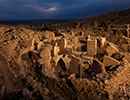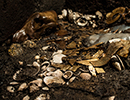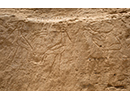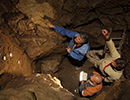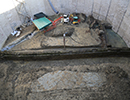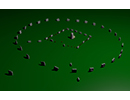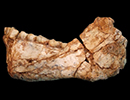Dawn of Egyptian Writing
El-Khawy, Egypt
January/February 2018
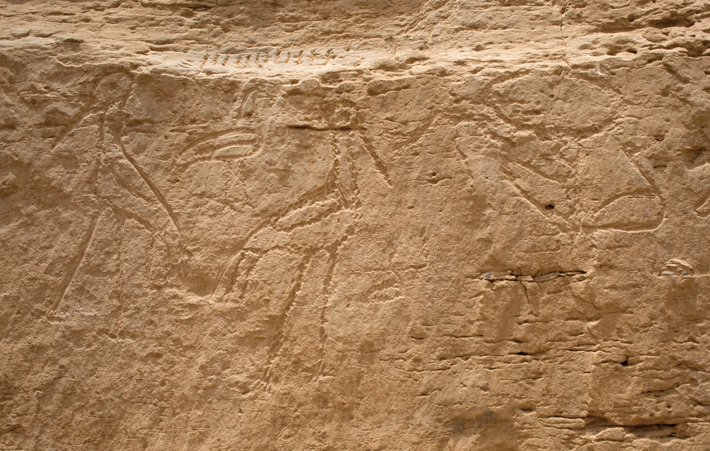
Archaeologists have discovered an oversized inscription that offers a new glimpse into the early development of the Egyptian writing system. A team led by Yale University Egyptologist John Darnell found the hieroglyphs on a cliff face within view of a desert road north of the ancient city of Elkab. Dating to around 3250 B.C., they were carved during Dynasty 0, a period when the Nile Valley was divided into competing kingdoms and scribes were just beginning to master writing. Previously discovered Dynasty 0 inscriptions are less than an inch in height and are largely confined to arcane administrative matters, but the newly discovered inscription is 27 inches tall, and is the earliest known set of large-scale, highly visible hieroglyphs by some 300 years.
The inscription’s symbols—a bull’s head on a pole, followed by two storks and an ibis—are similar to those used in later Egyptian writing to equate a pharaoh’s authority with control over the cosmos. That led Darnell to conclude that the inscription was a royal boundary marker that asserted a king’s dominion over the area. “It was like a signpost,” says Darnell. “Travelers along that road would have known they were entering an area under official authority.” In addition, he believes the discovery suggests that Egyptian writing developed at a quicker pace than previously thought, and was being used to publicly project royal power at a very early date.
